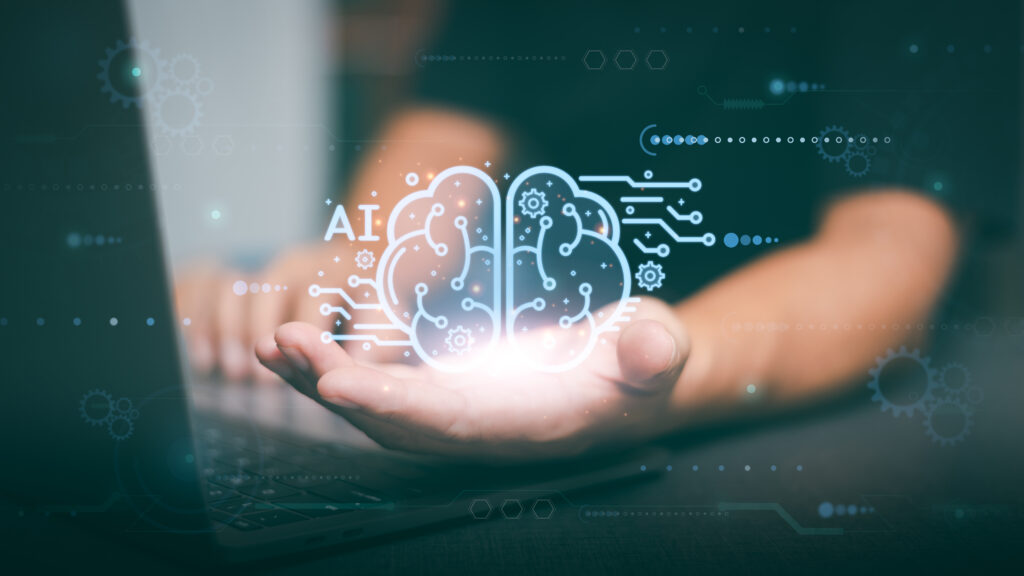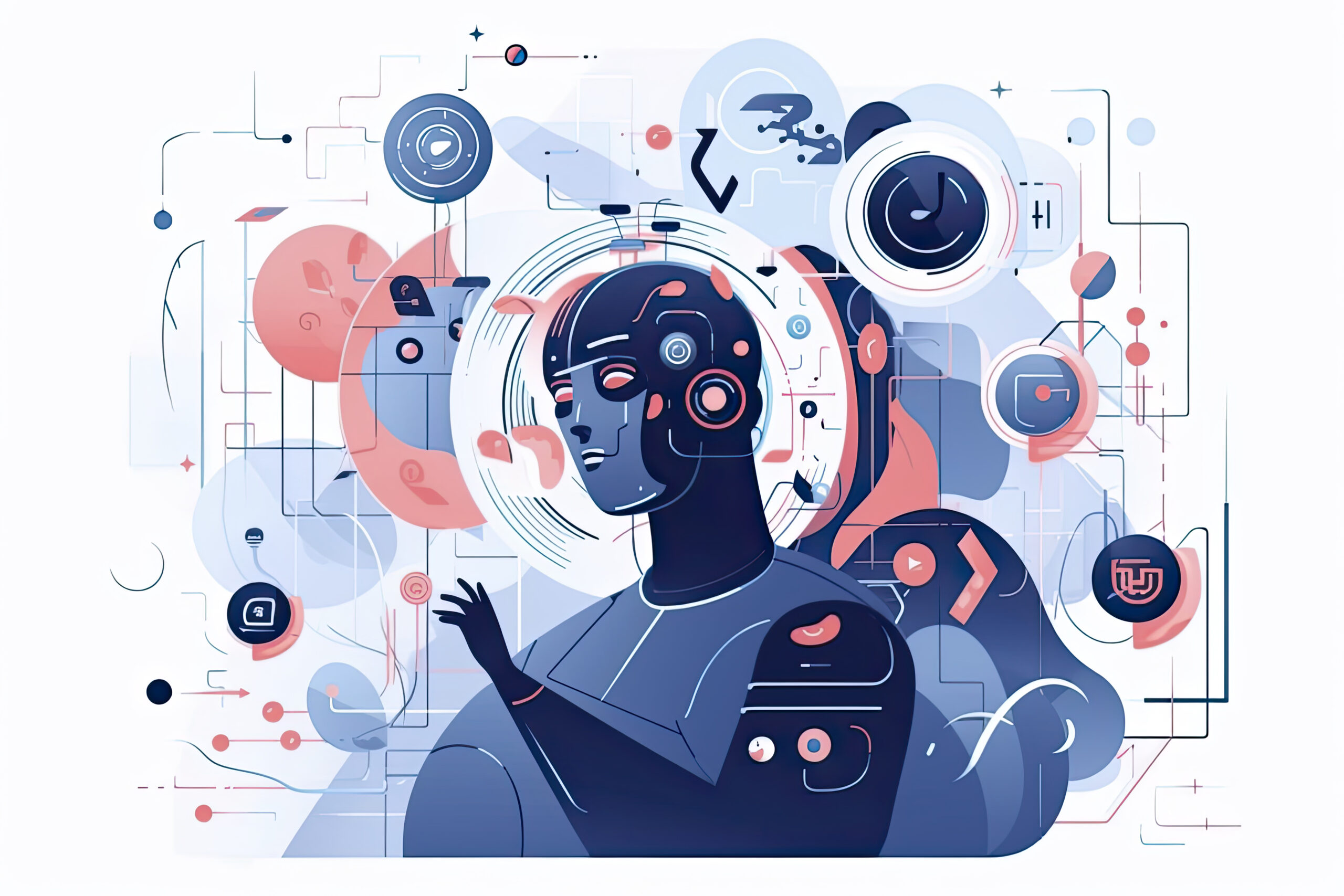Artificial Intelligence (AI) and Machine Learning (ML) are two terms that have become increasingly ubiquitous in the world of technology in recent years. These technologies are rapidly changing the way we interact with the world around us, from the products and services we use to the way we work and live. So, what exactly are Artificial Intelligence and Machine Learning, and how do they work precisely? In this article, we’ll explore the basics of AI and ML, discussing what they are, how they differ, and some of the ways they’re changing the world.
What Is Artificial Intelligence (AI)?
Artificial Intelligence is an umbrella term used to describe the ability of machines and computer programs to perform tasks that typically require human intelligence. This includes a wide range of technologies and applications, such as image recognition, natural language processing, robotics, and decision-making systems. At its core, AI involves creating algorithms and computer programs that can learn and adapt based on data, enabling machines to make decisions and perform tasks without human intervention.
The concept of AI is not new and has been around since the 1950s. However, recent advancements in computing power and data collection have led to a surge in the development and application of AI technologies in various fields.
There are two main categories of AI: Narrow or Weak AI and General or Strong AI. Narrow or Weak AI refers to AI systems designed for accomplishing specific tasks or addressing particular issues, such as recognizing images or speech. These systems are trained on specific data sets and are not capable of performing tasks outside of their specific domain. General or Strong AI, on the other hand, refers to AI systems designed to perform any intellectual task that a human can do. However, such systems do not yet exist and are still in the realm of science fiction.

What Is Machine Learning (ML)?
Machine Learning is a subfield of Artificial Intelligence that focuses on building algorithms and models that learn from and make predictions on data. At its core, ML involves training algorithms on data sets, enabling them to identify patterns and make predictions or decisions based on that data. Unlike traditional programming, where the programmer provides explicit instructions for how a machine should behave, ML involves teaching machines to learn from experience, making them more adaptable and capable of handling complex tasks.
ML algorithms can be broadly categorized into three types: supervised learning, unsupervised learning, and reinforcement learning.
How Do AI And ML Work Together?
While both are often used interchangeably, they’re not the same thing. AI refers to the broad concept of machines that can perform tasks that would typically require human intelligence, while ML is a subfield of AI that focuses on building models and algorithms that can learn from data. That said, ML is a critical component of many AI applications, as it enables machines to learn and adapt to new situations based on experience.
Some examples of how AI and ML are used together include:
- Chatbots that possess the ability to comprehend natural language and provide responses to customer inquiries.
- Tailored product suggestions that rely on a user’s browsing and buying history.
- Image and voice recognition systems that can identify people and objects in photos and videos.
- Fraud detection systems that can identify suspicious transactions based on patterns in financial data.
How AI And ML Impact Our World?
The impact of AI and ML on our world is significant and far-reaching. These technologies are rapidly changing the way we work, live, and interact with the world around us, creating new opportunities and challenges along the way. Some ways that these are impacting our world include:
- Improved healthcare outcomes through the use of Artificial Intelligence-powered diagnostics and treatment recommendations
- Increased efficiency in business processes through the use of automation and predictive analytics
- Enhanced safety and security through the use of Artificial Intelligence-powered surveillance and threat detection systems
- Greater personalization in consumer products and services, such as personalized recommendations and targeted advertising
FAQs:
What is the difference between AI and ML?
AI refers to the ability of machines to perform tasks that would typically require human intelligence, while ML is a subfield that focuses on building algorithms and models that can learn from and make predictions on data.
Give some examples of AI and ML in everyday life.
AI and ML find application in a diverse range of domains, from virtual assistants like Siri and Alexa to personalized product recommendations on e-commerce websites. They also find applications in industries such as healthcare, finance, and transportation for disease diagnosis, fraud detection, and autonomous driving.
Can machines really learn on their own?
Machines can’t learn on their own as humans do, but they can learn from experience through training on large data sets. This process of learning from data is called machine learning.
Are there Any benefits of using AI and ML?
AI and ML can automate tasks, make predictions and decisions based on data, and improve efficiency and accuracy in a wide range of industries. They can also lead to new discoveries and innovations that were previously impossible.
What are some ethical concerns surrounding the use of AI and ML?
Some ethical concerns include algorithmic bias, privacy concerns, and job displacement. Ensuring the responsible and ethical use of AI and ML for the benefit of society as a whole is crucial.
In conclusion, Artificial Intelligence and Machine Learning are rapidly evolving fields with endless possibilities for applications and advancements. Artificial intelligence is the ability of machines to perform tasks that would typically require human intelligence, while machine learning is a subfield that focuses on building algorithms and models. The use of this technology has already transformed many industries, from healthcare to finance, and will continue to do so in the future. As these technologies become more widespread, ensuring their responsible and ethical use to benefit society as a whole is increasingly important. With careful consideration and proper regulation, AI and ML have the potential to revolutionize the way we live and work, making our lives easier, safer, and more efficient.

